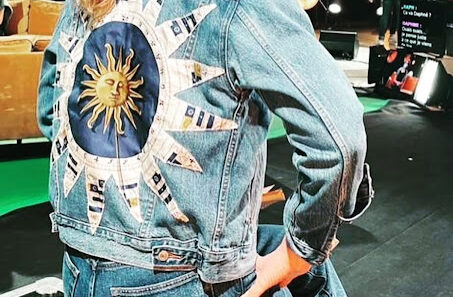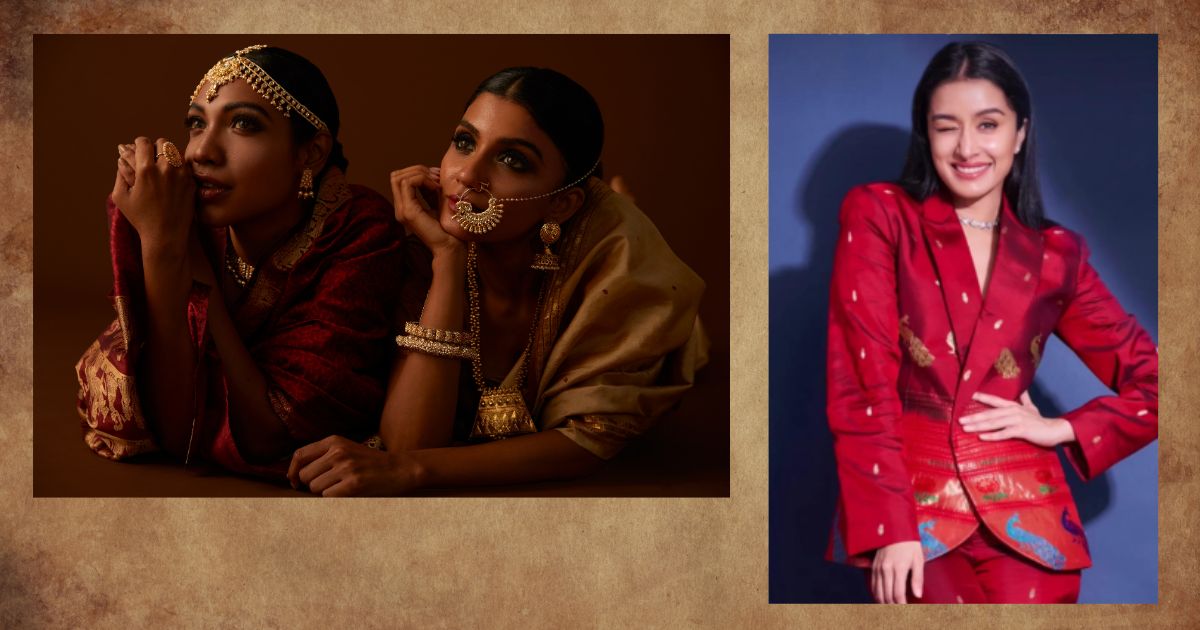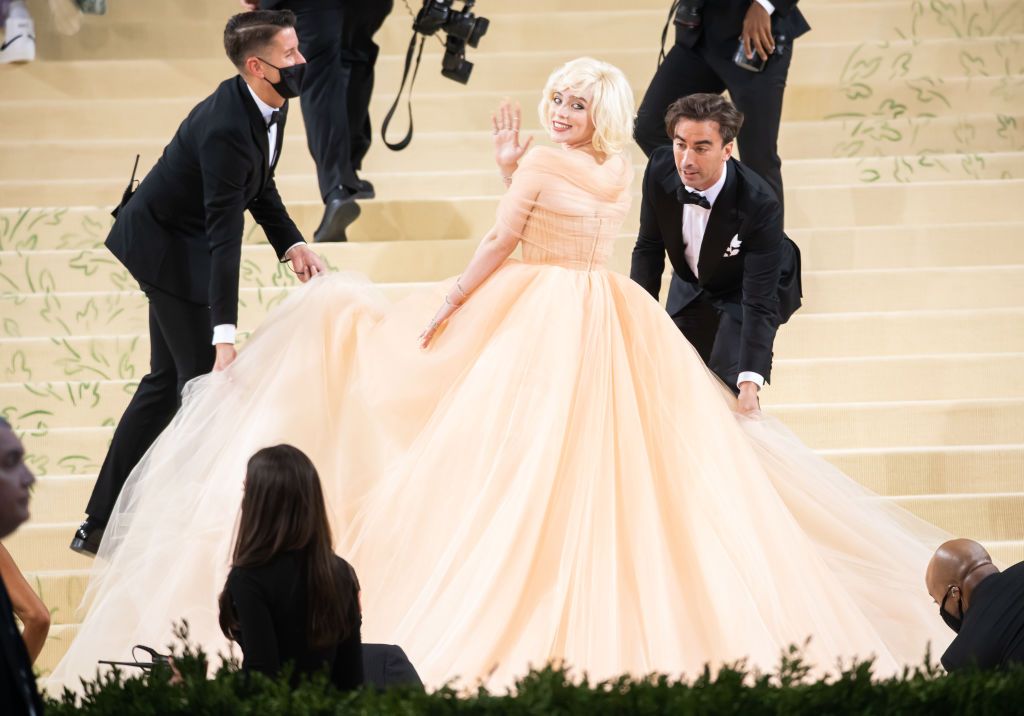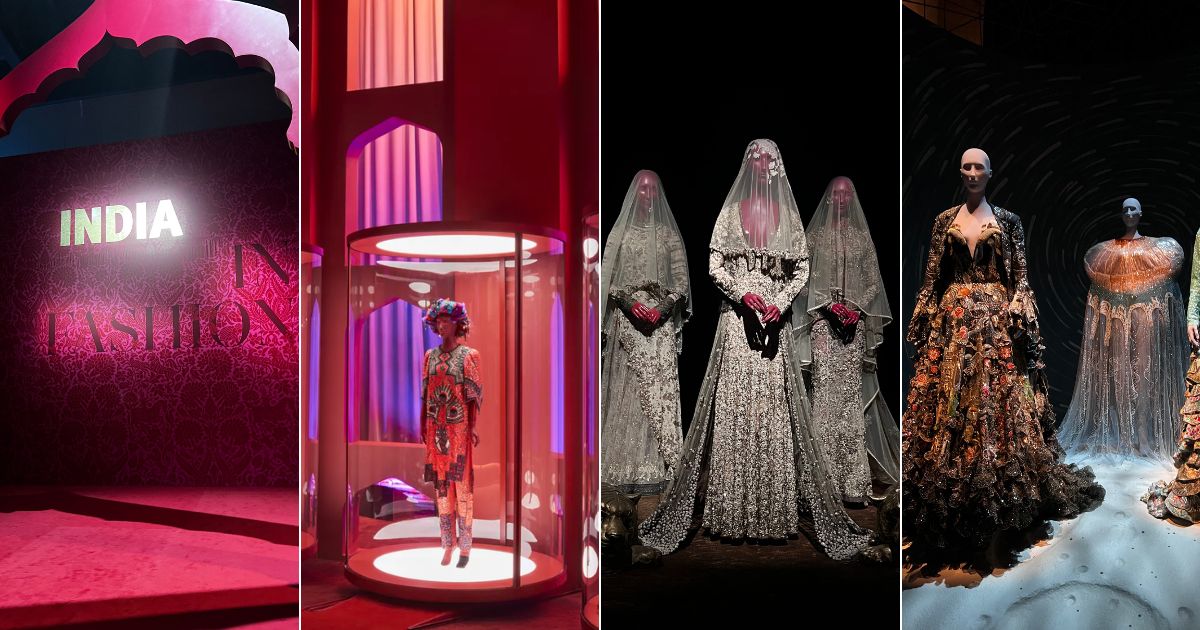The body positivity movement, which advocates for greater representation and inclusivity in the fashion industry, has gained momentum in recent years, but its goals remain largely unfulfilled. Despite the growing recognition of the importance of body diversity and the proliferation of hashtags and slogans promoting body positivity, the fashion industry continues to perpetuate a narrow standard of beauty and underrepresent plus-size models.
One notable example of the fashion industry’s lack of progress in this area is the recent controversy surrounding Victoria’s Secret. Despite publicly embracing the body positivity movement, the brand faced criticism for its continued use of thin models in its advertising and runway shows, leading to a decline in its sales and reputation. This highlights the gap between talk and action in the fashion industry, as well as the challenges faced by the body positivity movement in achieving its goals.
Another example is the fashion retailer J.C. Penney, which recently faced backlash for its use of thin models in its advertising campaigns. Despite the company’s efforts to promote body positivity, its continued use of thin models in its advertising suggests a lack of commitment to the movement’s goals.
In addition to these specific examples, the fashion industry as a whole has been slow to adopt a more diverse range of body types and sizes. Many brands and media outlets still prioritize thin models over more diverse representation, perpetuating harmful beauty standards and excluding individuals who do not fit the traditional mold. The fashion industry’s promotion of these exclusive beauty standards not only contributes to a lack of representation in the industry, but also has a broader impact on society, shaping cultural norms and influencing people’s self-esteem and body image.
Despite the efforts of the body positivity movement, the fashion industry has yet to fully embrace a range of body types and sizes, with many individuals feeling that the movement has become diluted or co-opted by the industry. The movement has faced criticism for not fully embracing a diverse range of bodies, with some individuals feeling that it has become too focused on specific body types and sizes.
The body positivity movement remains important in pushing for greater representation and diversity in fashion, and its goals are worth continuing to fight for. To truly achieve its goals, the movement must not only raise awareness of the issue, but also work towards meaningful change within the fashion industry, promoting a wider range of body types and sizes and challenging harmful beauty standards.
In conclusion, the body positivity movement in fashion has made progress, but there is still much work to be done. By continuing to fight for greater representation and diversity, the movement can help to create a more inclusive fashion industry and a more body-positive society. Through highlighting the challenges faced by the movement and advocating for change, we can work towards a fashion industry that truly celebrates body diversity and promotes positive body image for all individuals.
Author: Anuj Kumar, Founder & Editor-in-Chief at Fashion Law Journal

















